Do It Yourself
Off-Grid Solar Survival: Top 5 Things To Consider Before Diving In
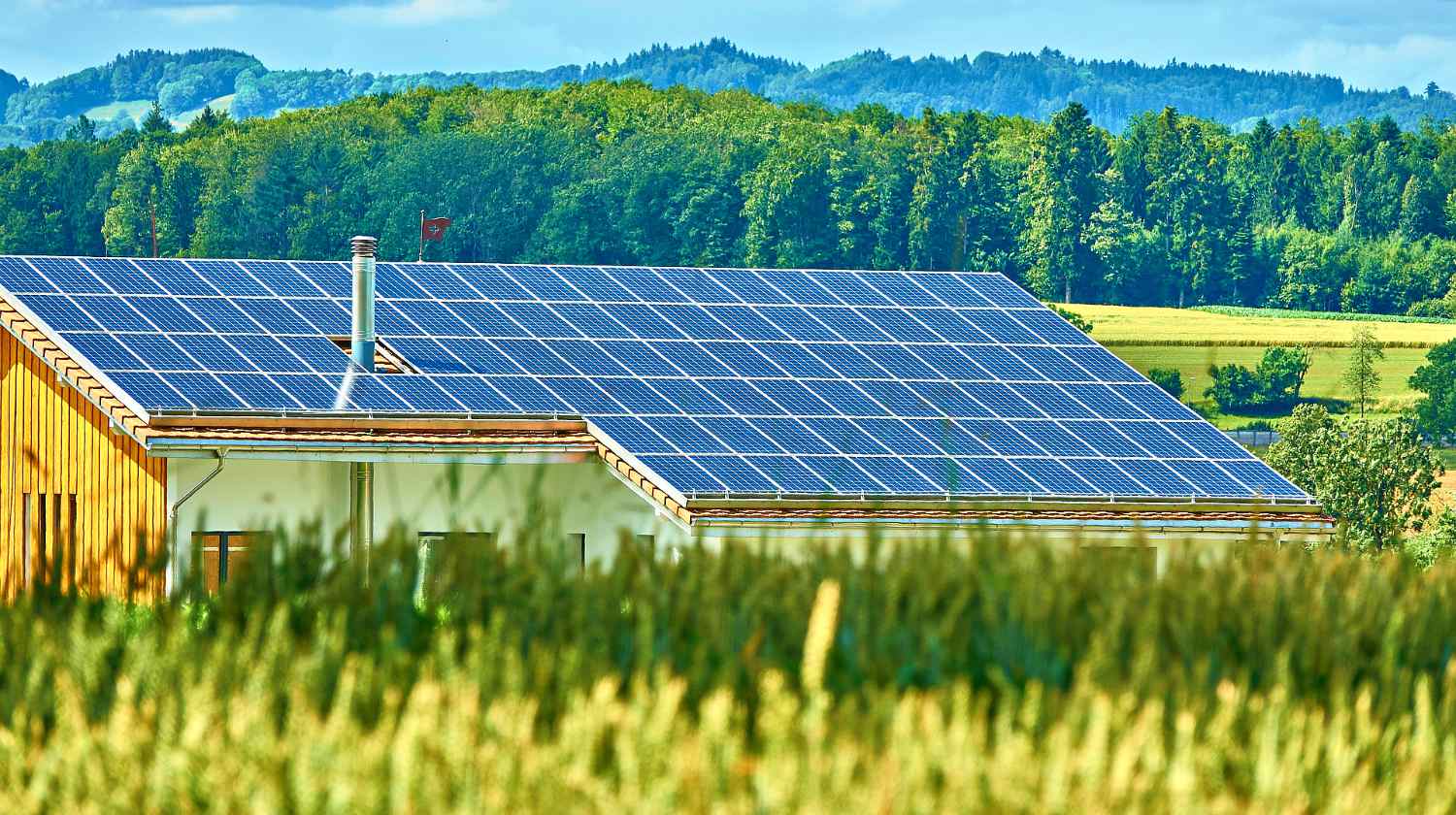
Utilize solar power and know what it takes for off-grid solar survival to provide electricity in your home!
RELATED: 9 DIY Solar Power Projects For Survival And Self-Sufficiency
In this article:
- What Is Your “Payback Period”?
- Am I in a Location That’s Viable for Solar?
- Are You Self-Installing or Hiring an Installer?
- Is the Amount of Electricity You Use Compatible with the Amount of Solar System You Can Afford?
- Do You Have Space for All This Stuff?!
Off-Grid Solar Survival: Important Things to Keep in Mind
If you’re considering going off-grid with solar and a battery bank, you’re probably wading through a jungle of questions and research. To decide if off-grid solar survival is right for you, let’s set the ultra-technical aspects aside (mostly) for a moment, and work through the top 5 questions to ask yourself before diving in, getting off-grid, and soaking up the rays!
1. What Is Your “Payback Period”?
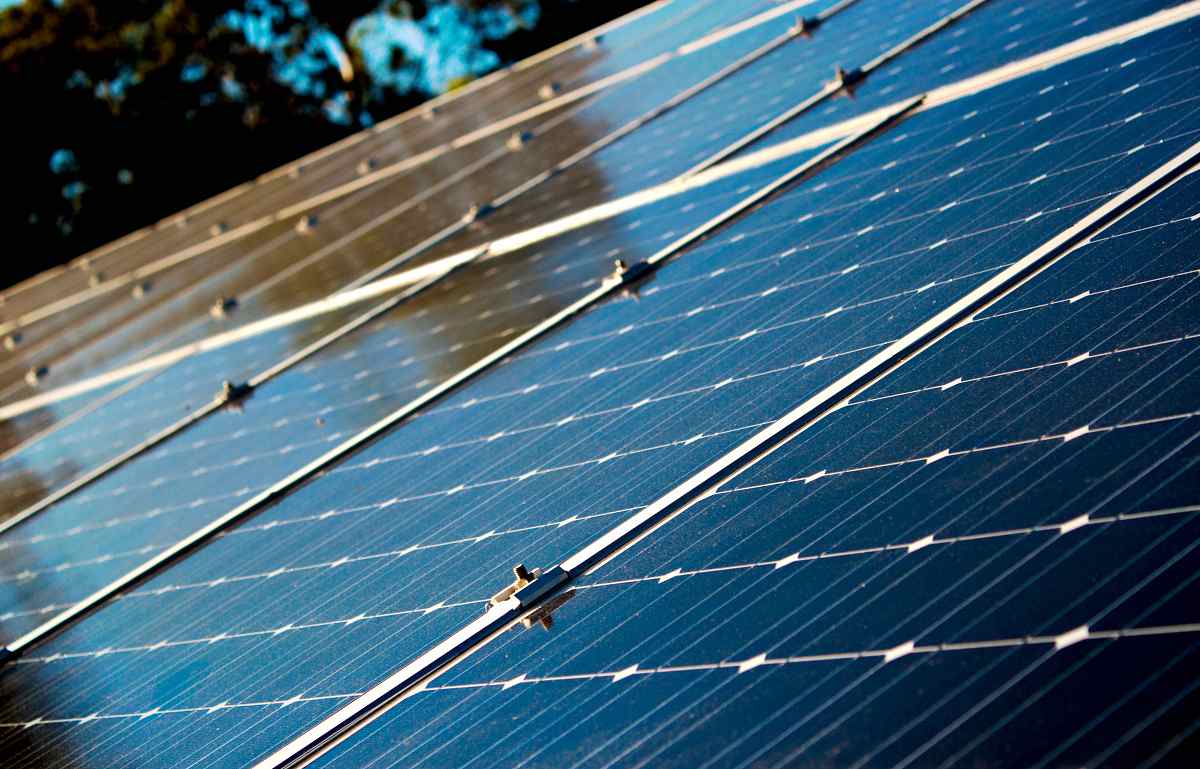
“Payback period” is a phrase that’s thrown around a lot in regard to solar. So first, we need to break that down.
A solar survival kit and labor cost (X) and your current electric bill cost you (Y) each month/year.
What we want to know is: How soon will the solar system start saving me money? To determine how long that will take we just divide (X) by (Y).
For example, let’s say solar costs $1,000 (X), and your current monthly electric bill is $100 (Y). Because you paid $1,000 up front and you don’t have an electric bill anymore, after your 10th month you’ll be saving $100 per month.
So in this example, your payback period is 10 months. (Hint: Solar prices have dropped dramatically in the past 10 years, but your payback period almost definitely going to be quite a bit longer than 10 months)
2. Am I in a Location That’s Viable for Solar?
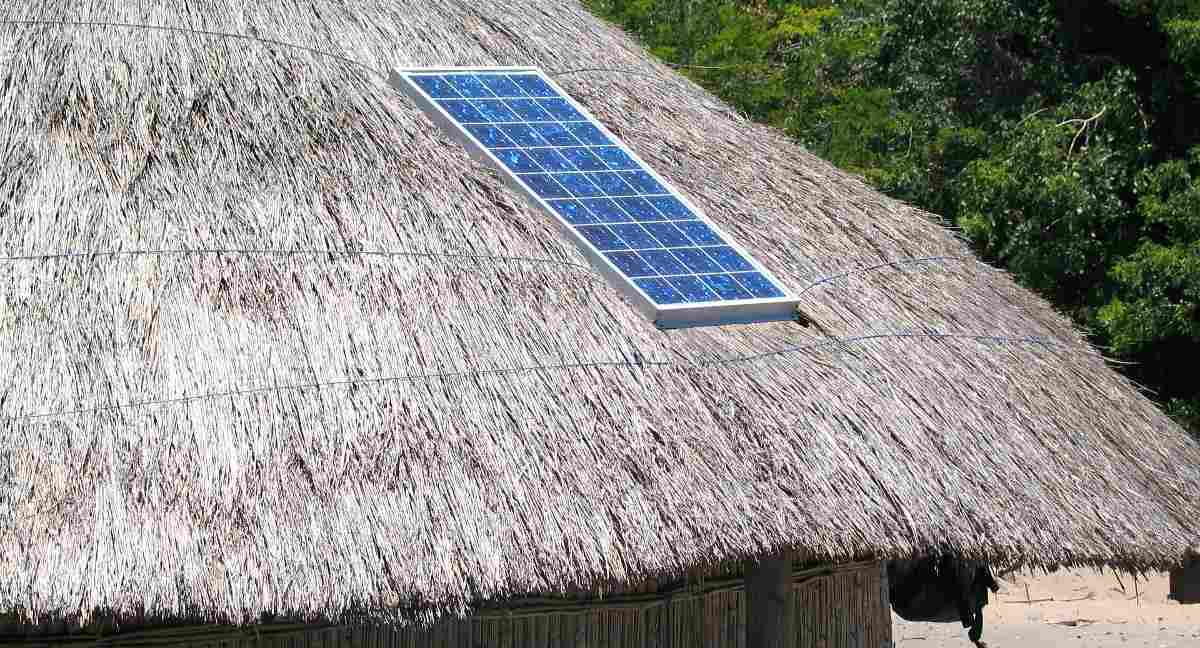
Location, location, location. The more hours of sunlight that your solar panels can receive, the better.
A big mistake that’s made all too often with solar is failing to consider an object like a tree, or chimney, or nearby pole that will cast a shadow on your solar array at some point during the day. Even though that shadow might only be covering a tiny portion of the one panel it can drastically reduce the performance of the whole array.
As the sun tracks from east to west throughout the day, and throughout the seasons, you want to make sure your array is in a location where it can receive maximum sunlight. A quick google search for “distribution of solar radiation in _______ (your country)” should show you what you’re looking for and you can narrow in from there.
3. Are You Self-Installing or Hiring an Installer?
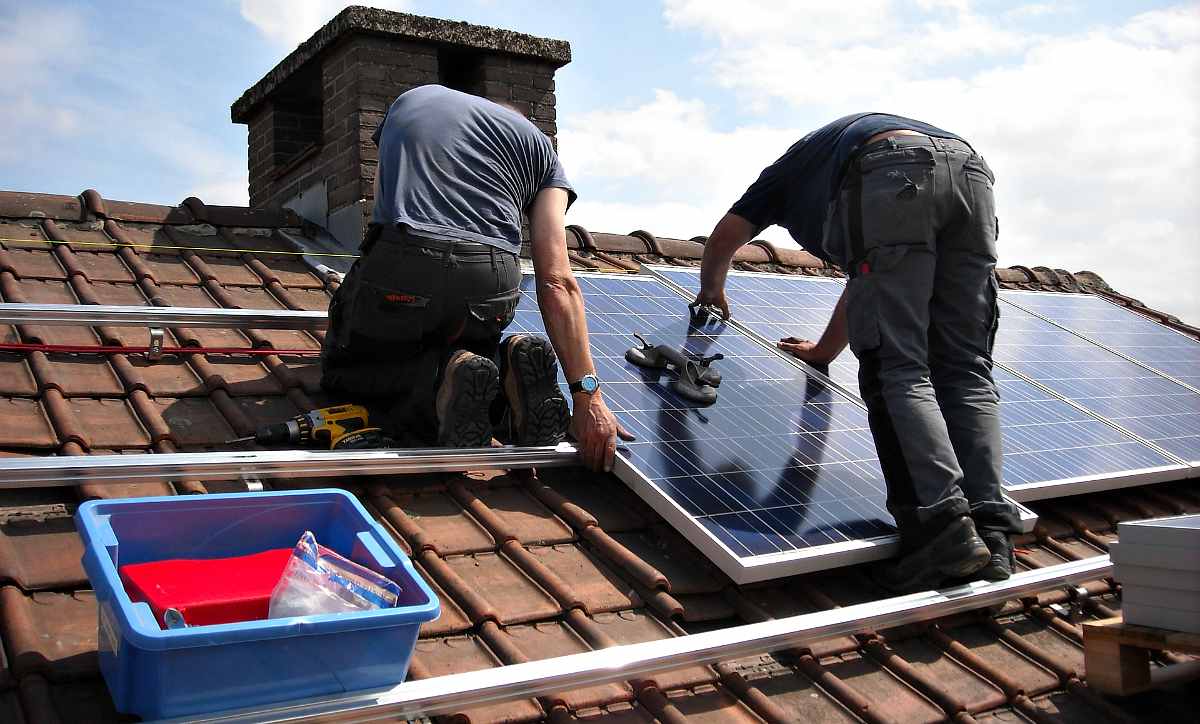
Depending on your local laws, having a certified installer may be the only legal option. This comes with huge benefits of having someone to contact in the event of a malfunction.
Having an expert help determine your needs, and decreases wait time before going off-grid. Even with today’s solar prices, it’s not an investment you want to have if you make a mistake.
If you are free to do what you please on your land, you could save a significant amount of money by self-installing. Remember, that the self-installing route will involve a lot of research, and it can be extremely dangerous to work with electricity, but it can absolutely be done.
It’s probably from growing up with an ultra safety conscious father, but I feel compelled to reiterate that working with electricity can be deadly and it is critical to inform yourself on how to safely work with it before attempting a project like a solar install.
RELATED: Solar Power: Energy Alternative
4. Is the Amount of Electricity You Use Compatible with the Amount of Solar System You Can Afford?
#BGH-Urteil: Kein Anspruch auf #EEG–#Vergütung bei versäumten Informationspflichtenhttps://t.co/4186duQPK2#Energiewende #Erneuerbare #PV pic.twitter.com/rW308yEGpi
— EnNeMo (@EnnemoNews) July 5, 2017
Stick with me on this one; there’s an armful of important things to consider, but it’s worth in the end. A good way to determine this is to take a close look at your current electric bill.
It should show you how many kW (which stands for kilowatt, or 1,000 watts) you use each month. The key here is balancing energy efficiency with convenience and comfort.
Heating and cooling will likely make up the majority of your electricity use. That includes your air conditioning, your heating, your washer and dryer, your fridge, your cooking, etc.
Generally, unless you’re planning a truly monstrous system, your air conditioning and home heating won’t get enough electricity from your prepper solar generator. You can do workarounds by having non-electric forms of air conditioning and heating to solve this issue.
Having energy efficient appliances, reducing overall use, and insulating extremely well will all be important steps on your path to energy independence.
Next, let’s get familiar with how much electricity each appliance uses. Each appliance will have the W (watts) and the V (volts) as well as some other information listed on the appliance itself or on a tag on the cord.
Once you get down to the nitty-gritty details of knowing not only how much energy you use per day, but roughly how much each electrical appliance uses, then you can really narrow in on how big your battery bank will need to be.
There are a variety of battery chemistries at varying prices (deep-cycle lead acid (non-sealed), sealed AGM, Lithium, etc.). In most instances, the most affordable and available option will be a deep-cycle lead-acid battery.
Keep in mind that, for most battery chemistries you will not want to discharge your battery more than 50% at any time.
For example, if you have 600 Amp Hours total of battery capacity, you should only ever use 300 Amp Hours. This helps keep your batteries healthy and performing for you day after day.
As a brief technical note, you’ll often hear people talking about watts, kilowatts, volts, amps, and amp hours. The basics of what you really need to know here are a kilowatt is one thousand watts, volts X amps = watts, and while all are important to understanding, when you get right down to it Amp Hours are the most logical way to think about electricity you have on hand.
For a more in-depth explanation on why, check out this article: Volts, Amps and Watts Oh My! Explaining The Basics Of Electricity.
Lastly, you’ll want to do some rough figuring on how many hours of sunlight your location receives per day. Then, use that to determine how many panels you’ll need in your array to be able to put the energy you use throughout the day back into your batteries through your solar panels.
Check out my solution to off the grid power for your batteries. Get this solar powered battery charger.
Basic example:
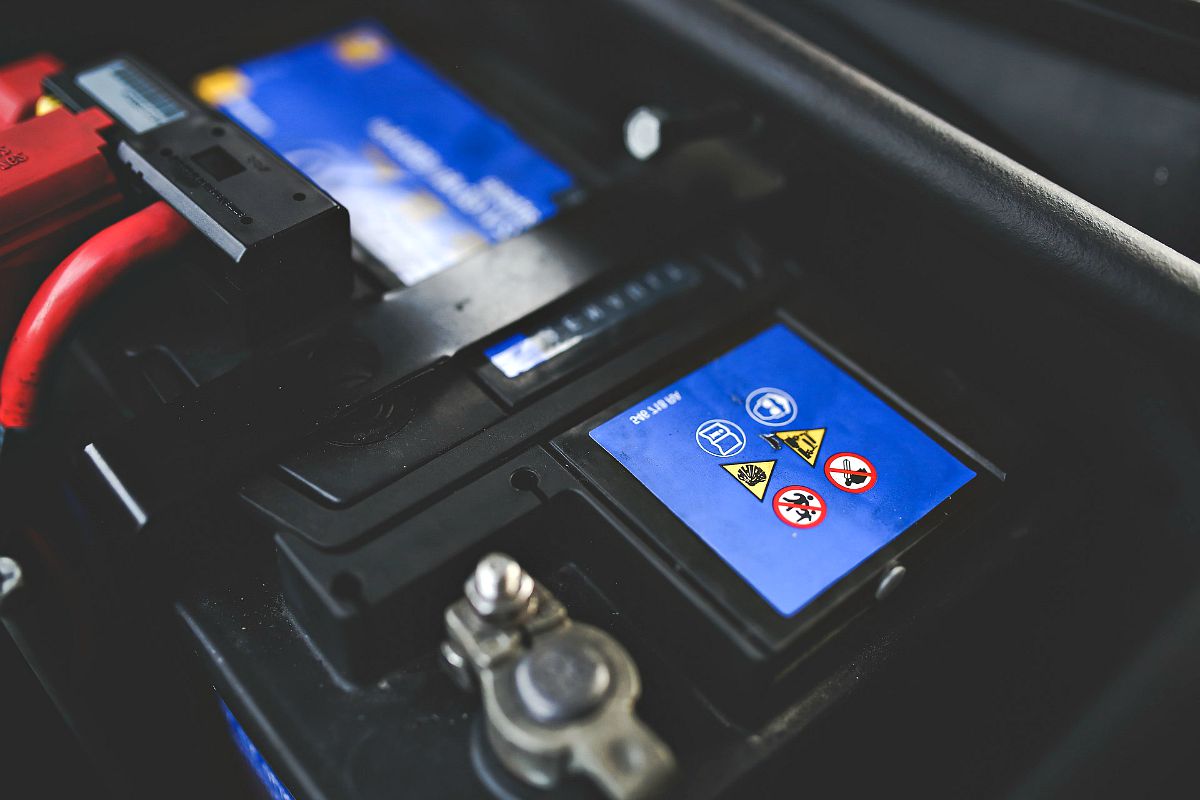
I get 4 hours of peak sunlight per day. This allows me to put 50 amps into my batteries per hour peak production.
So I can usually count on 200 amp hours being available to recharge my batteries each day.
It may be slightly more because there will be an hour or two before and after “peak hours” that give me a little electricity, but it may also be slightly less if it is raining or cloudy. So, if you need more power per day, you’ll need to add more panels, or perhaps increase your battery bank size, and likely increase your controller size (your controller is the brains of the operation that essentially makes the “varied” power coming from the panels play nice with the batteries).
I recommend doing a “back-of-the-envelope” calculation before going too far in-depth. This way you get an idea of how much your electrical use will cost you in terms of your prepper solar power system.
5. Do You Have Space for All This Stuff?!
The solar panels will need quite a bit of real estate if you are trying to get off-grid completely. Consider whether you’ll have space for this on your roof.
Also, consider whether your roof is facing the right direction for maximum sunlight. Alternatively, you could mount the panels in your yard.
You could even put them on something like a large cart you could roll to the best sunlight location in your yard throughout the different seasons.
Keep in mind also that the batteries are quite heavy. You don’t want them in an area that can accumulate fumes from off-gassing (not an issue with sealed batteries).
You do want your batteries to be in a location that is decently temperature controlled. This is important because they will lose capacity when they are cold and should never be allowed to freeze.
You’ll want your batteries to be as close as possible to your controller and inverter, as well as the solar panels themselves. The cables you will use to connect these various components will most likely be made of copper.
They will also be thick so that they can move a large current safely without overheating. That all adds up to increased cost for every foot further away that your batteries are from the rest of the system.
In short, keep your cables as short as possible.
Want to see the full article?
Off-Grid Solar Survival: Top 5 Things to Consider Before Diving In
Watch this awesome video by TinHatRanch for an ultimate guide to DIY off-grid solar power:
There is no doubt more questions to be asking yourself before you roll up your sleeves on an off-grid solar build, but these five are a solid start to get the ball rolling. Take your time to think through each piece carefully and it will pay off nicely down the road.
And remember, others before you have taken this leap! Do your research, reach out to people with experience, be patient, and you can do this!
Do you have any experience in building an off-grid solar power system? Let us know in the comments section below!
UP NEXT:
- Solar Ovens: Cooking on the Bright Side
- 8 Ways To Generate Electricity At Home
- Power Outage Tips: How to Prep for a Blackout
Editor’s Note: This post was originally published on February 4, 2017, and has been updated for quality and relevancy.
-

 Do It Yourself7 months ago
Do It Yourself7 months agoParacord Projects | 36 Cool Paracord Ideas For Your Paracord Survival Projects
-

 Do It Yourself9 months ago
Do It Yourself9 months agoHow To Make Paracord Survival Bracelets | DIY Survival Prepping
-

 Do It Yourself9 months ago
Do It Yourself9 months ago21 Home Remedies For Toothache Pain Relief
-

 Do It Yourself10 months ago
Do It Yourself10 months agoSurvival DIY: How To Melt Aluminum Cans For Casting
-

 Exports8 months ago
Exports8 months agoAre Switchblades Legal? Knife Laws By State


Ed Jackson
April 3, 2017 at 11:15 AM
Good starting info for a complex subject. I’m trying to replace my gasoline-powered 2800 Watt Onan RV van genset with flexible solar panels on the roof, 6 sealed AGM deep-cycle batteries and an MPPT power controller. I see prices dropping monthly, and more efficient panels being developed, so it may happen soon that I can surpass the 2800 W with quiet solar power.
Pingback: 12 Best DIY Solar Panel Tutorials For The Frugal Homesteader
Justmyside
July 21, 2017 at 9:11 AM
A lot of people it seems when I read comments on other sites regarding installing solar panels, hook the solar panels up to the house panel through a transfer switch to lower there hydro bill every month. But, the best way when installing solar panels is to have them wired to the grid through a transfer box.By doing it this way, hydro where i live will pay around .30-.50 cents/kwh depending where you live in Ontario. thats not a bad chunk you will get paid each month with a check from hydro with say a 2,000 watt system. Now if you hooked it to your house to lower your monthly bill, again here in Ontario we pay hydro 3 different rates for 3 different times of day. Going by my rural rate its 15,2 cents/kwh. So in my case if I was to use 2000 watts, its times the 15.2 cents that I pay hydro. But, going directly to grid, they would pay me 2,000 watts times .30-.50 centskwh. So you can see that I pay my hydro bill each month @ 15.2cents prime time. But, they pay me @ .30-.50 cents with a check. Power goes out, still have the transfer box to switch from grid to go directly to my panel. But, i make using the .50 cents/kwh, 34.8 cents/kwh X total kwh I fed the grid that month. Way more profitable. Pay your monthly bill, & then wait for you check to come in at the higher rate for feeding the grid. So you will have to metres now where one’s your usual bill, the other they read to pay you . lol
The other thing I wanted to mention is if you don’t have an ice maker in your freezer, when I run my generator say in a extended power outage, thats when I would pull out my ice cube maker to make as many ice cubes that I can & that I have room for. That way you put at the top of your fridge in a sealed bag, (I still have a tray underneath) to help the fridge & freezer ( you ado freezer to) stay cold, which means the compressor doesn’t come on as much while on my solar.
Having the ice cube maker when we go camping with the generator saves a lot of trips into town & you save money . Let alone the added bonus of ice cubes with all the cold drinks 🙂
Pingback: Off-Grid Solar Survival: Top 5 Things to Consider Before Diving In
Pingback: Don’t Miss These Posts On Survival Life... | Survival Life
Pingback: Ring Stuck On Finger? This Trick Could Save Your Finger And Your Ring
Pingback: Ring Stuck On Finger? This Trick Could Save Your Finger And Your Ring
Pingback: Off-Grid Solar Survival: Top 5 Things To Consider Before Diving In | Primitive technology
Pingback: Off-Grid Solar Survival: Top 5 Things To Consider Before Diving In - Survival Patch
Pingback: How To Carve A Turkey Like A Pro: Holiday Tutorial | Survival Life
Pingback: Off-Grid Solar Survival: Top 5 Things To Consider Before Diving In - Survival Gear Review
Pingback: DIY Solar-Powered Cellphone Charger – Sprent Brass
Pingback: DIY Solar-Powered Cellphone Charger | Steps To Follow – surviveurself
Pingback: DIY Solar-Powered Cellphone Charger | Steps To Follow – The Self-Sufficient Life
Pingback: DIY Solar-Powered Cellphone Charger – Survival Blog
Pingback: DIY Solar-Powered Cellphone Charger – SurvivalHood
Pingback: Truck Bed Camping 101 | Everything You Need to Know About It | Best Go Bag
Pingback: Truck Bed Camping 101 | Everything You Need to Know About It – Sprent Brass